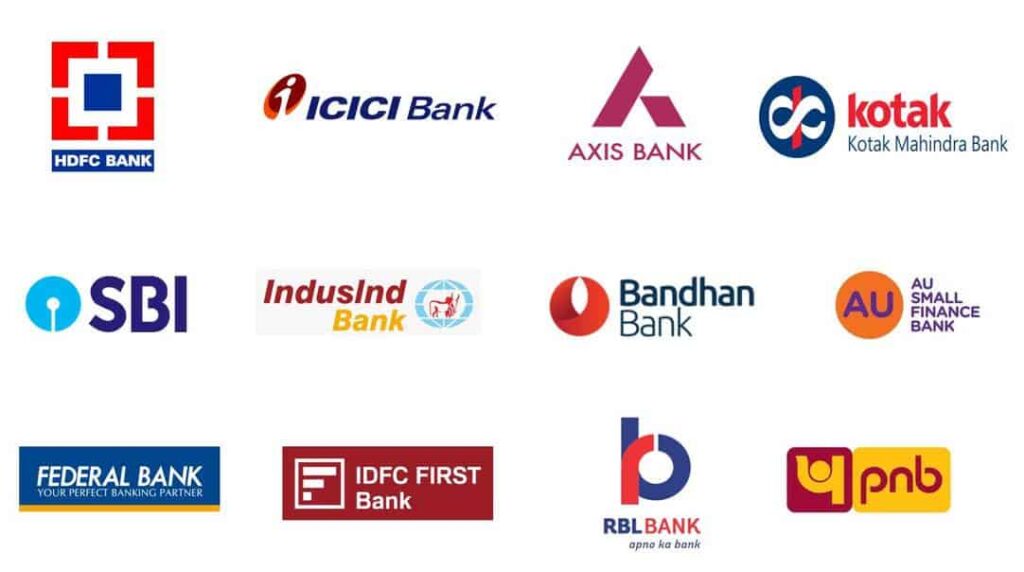Banknifty Explained:
Terms like Nifty 50 and BankNifty often emerge in the world of finance and investment. They showcase the complexity and diversity of the stock market.
While both terms might seem similar, they represent different indices that play crucial roles in the Indian stock market. In this article, we will dive into what Bank Nifty is, how it differs from Nifty 50, and how investors can trade in Bank Nifty.
To comprehend Bank Nifty, it’s essential to first learn about NIFTY 50. NIFTY 50, short for National Stock Exchange Fifty . It comprises fifty actively traded stocks from various sectors, representing a diversified portfolio of the Indian equity market. These fifty stocks are selected based on several factors. These are market capitalization, liquidity, trading volume, and sectoral representation.
NIFTY 50 reflects the overall market sentiment and is a benchmark for the Indian equity market’s performance. It provides investors with insights into the economy’s health. It also enables them to make informed decisions regarding their investment strategies.

What is BANKNIFTY?
Now, let’s turn our attention to BANKNIFTY. As the name suggests, BANKNIFTY focuses on banking sector stocks listed on the NSE. It represents the performance of the banking industry, which plays a crucial role in India’s economic growth.
BANKNIFTY consists of stocks of leading banks operating in India, including both public and private sector banks. It includes banking giants such as State Bank of India, HDFC Bank, ICICI Bank, Axis Bank, and other prominent players in the sector.
BANKNIFTY’s members are selected based on predefined criteria, ensuring representation from different segments of the banking industry.
Different between NIFTY and BANK NIFTY:
The Nifty and Bank Nifty are two prominent stock indices on the National Stock Exchange (NSE) of India, but they differ significantly in terms of their composition and focus.
- Nifty (Nifty 50) is a broad-based index comprising the top 50 large-cap companies across various sectors, such as IT, energy, FMCG, and pharmaceuticals. It represents the overall performance of the Indian stock market and provides a diversified view of different industries.
- Bank Nifty, on the other hand, is a sector-specific index that tracks the performance of the top 12 banking stocks in India. It includes both public and private sector banks, like SBI, HDFC Bank, and ICICI Bank, making it a specialized indicator of the banking sector’s performance.
While Nifty reflects the health of the broader economy, Bank Nifty is more sensitive to events affecting the banking industry, such as interest rates or regulations. Consequently, Bank Nifty tends to be more volatile compared to Nifty, which benefits from a diversified set of companies. Both indices are widely traded and used for futures and options trading, but Bank Nifty is particularly known for its liquidity.
Top companies Listed in NSE Nifty 50 Based on Market Cap

Listed Banks in Banknifty overview:
The Bank Nifty index consists of the top 12 banking stocks listed on the National Stock Exchange (NSE) of India. These banks represent a mix of public sector and private sector banks and are considered key players in India’s financial sector. Here’s a list of the banks currently part of the Bank Nifty:
1. State Bank of India (SBI)
- Sector: Public Sector Bank
- SBI is India’s largest bank and plays a major role in the Indian economy, offering services in retail, corporate, and investment banking.
2. HDFC Bank
- Sector: Private Sector Bank
- One of India’s largest private banks, known for its wide range of financial products and services and its strong digital presence.
3. ICICI Bank
- Sector: Private Sector Bank
- A major private bank in India, offering retail and corporate banking services, and known for its innovative financial products.
4. Axis Bank
- Sector: Private Sector Bank
- A prominent private sector bank that provides a variety of banking services, including loans, savings, and investment options.
5. Kotak Mahindra Bank
- Sector: Private Sector Bank
- Known for its strong performance in both retail and corporate banking, Kotak Mahindra has a large market presence in India.
6. Bank of Baroda
- Sector: Public Sector Bank
- One of India’s oldest banks, offering a wide array of banking services including loans, savings accounts, and investment options.
7. IndusInd Bank
- Sector: Private Sector Bank
- A private bank providing a wide range of services including retail banking, loans, and wealth management.
8. Punjab National Bank (PNB)
- Sector: Public Sector Bank
- One of the largest public sector banks in India, with a wide network of branches and a variety of financial services.
9. AU Small Finance Bank
- Sector: Private Sector Bank
- A private sector bank known for its innovative banking solutions, digital services, and corporate banking offerings.
10. IDFC First Bank
- Sector: Private Sector Bank
- Known for its strong corporate governance, IDFC First Bank offers retail banking, commercial banking, and wealth management.
11. Federal Bank
- Sector: Private Sector Bank
- A private bank offering a comprehensive range of services including personal banking, business banking, and loans.
12. RBL Bank
- Sector: Private Sector Bank
- A relatively smaller private bank that provides a wide range of services, including savings accounts, loans, and payment solutions.
conclusion:
the Bank Nifty index plays a determinant role in reflecting the performance of the Indian banking sector, comprising a balanced mix of both public sector and private sector banks. The 12 banks listed in the index, such as SBI, HDFC Bank, ICICI Bank, and Axis Bank, are key players in the Indian economy, each contributing significantly to various banking services including retail, corporate, and investment banking. The movements of the Bank Nifty are closely monitored by investors as an indicator of the banking sector’s health, with factors like interest rates, monetary policies, and banking regulations influencing their performance. As a highly liquid and active sector-specific index, Bank Nifty provides valuable insights into the overall stability and growth of India’s financial system.


2 thoughts on “What is Banknifty? Full Form, Meaning, and Banknifty Investment Explained :”